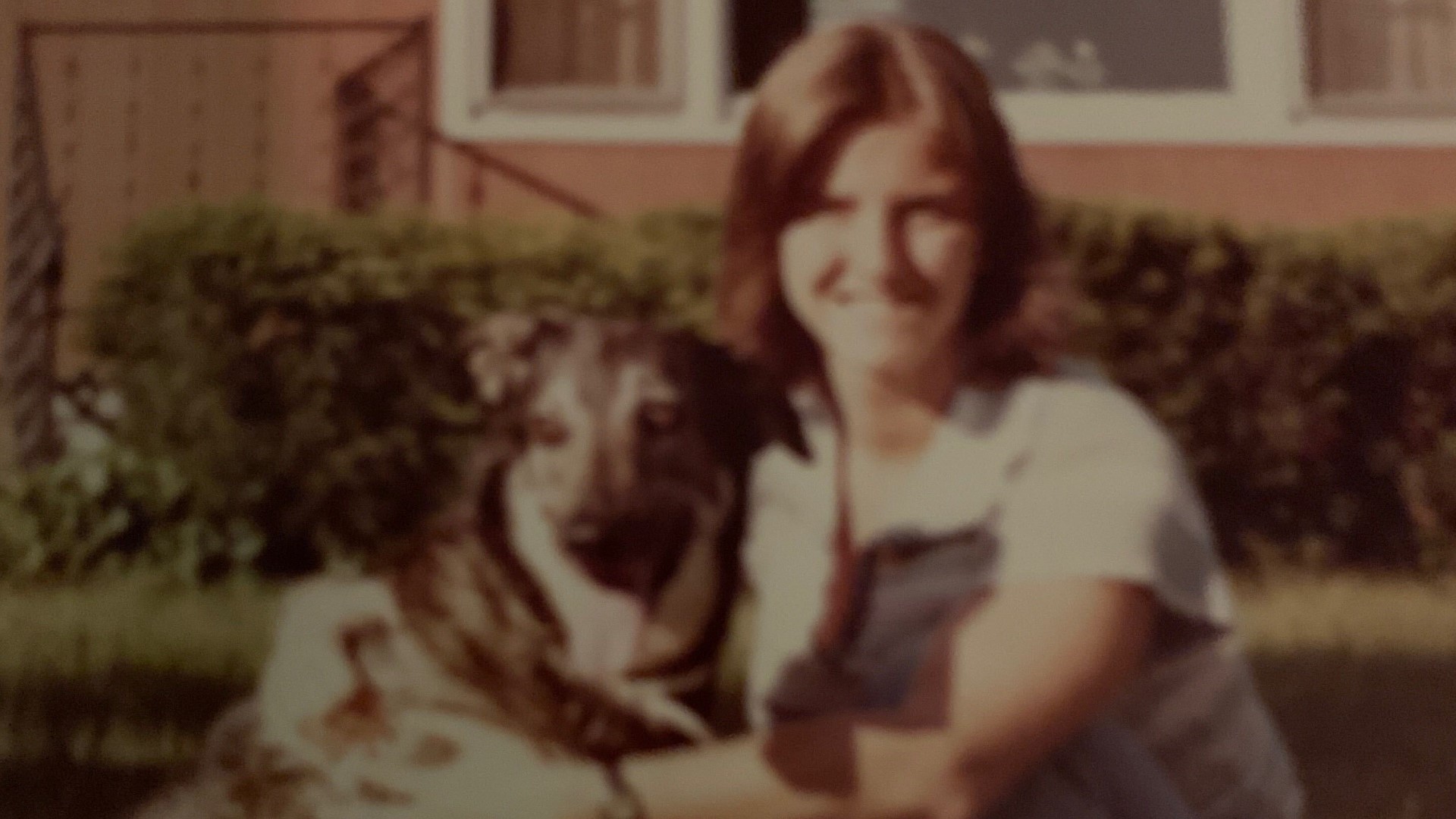SACRAMENTO, Calif — Maria Arrick watched the arraignment of her sister's alleged killer from her Arizona home via a live-stream of a Sacramento County Courtroom that stayed empty due to coronavirus mitigation efforts.
As she watched on, Arrick saw Phillip Lee Wilson, 71, roll into a Sacramento County courtroom on Monday in a wheelchair to appear before a judge.
"I guess when they're older, and they commit a crime, they try to look like they're not well," Arrick said of seeing Wilson in a wheelchair.
Wilson was arrested last week after new DNA technology helped Sacramento County investigators match his blood with blood left on the scene of the 40-year-old rape and homicide of Robin Brooks.
Brooks was last seen around midnight on April 24, 1980 after leaving her job at a Rosemont donut shop on Kiefer Boulevard and Tallyho Drive in Rosemont.
Investigators said Brooks lived around the corner from the donut shop, and she walked home from work that night. When she didn't show up for her next shift, her friend went to check on her.
Brooks was found stabbed to death in her bedroom. Investigators later learned Brooks had been raped before she was stabbed.
DNA from her alleged attacker was found at the scene after he apparently cut himself during the attack. That DNA profile was saved to a database, but had not been matched to anyone until recently.
Fastforward 40 years, and the alleged suspect finally faced a judge.
Wilson was appointed a public defender and is due back in court on May 5th. He indicated to the judge that he is in the process of retaining a personal lawyer.
Arrick said she has no sympathy for Wilson, who allegedly killed her then-20-year-old little sister that "everybody loved."
While she said there is no evidence that her sister knew Wilson, Arrick said she believes her sister had a stalker.
"There's some information out from friends that she had that there was somebody bothering her in her place of business," Arrick explained.
Arrick says the answers she's been waiting decades for will reveal themselves in court.
Detectives used investigative genetic genealogy, also known as familial DNA, to link Wilson to blood left at the crime scene.
Familial DNA and genetic genealogy has been transforming police work in recent years, leading to arrests in several high-profile cases, including that of Joseph James DeAngelo, the suspected Golden State Killer and East Area Rapist.
DeAngelo is suspected in at least 12 killings and 50 rapes from 1970s and '80s before leaving a cold trail that left investigators baffled for more than three decades.
To narrow down suspects, investigators use the Combined DNA Index System (CODIS), a system with a limited scope that identifies people who have previously been arrested.
Because of its limited ability, law enforcement began working with companies that use familial DNA to trace ancestry. Though highly controversial, investigators' use of the systems have resulted in arrests.
It's a fairly new technique that Arrick said she hopes is here to stay.
"It's very controversial, but hey, if you're committing a crime, well, you gotta get ready to do the time," Arrick said. "With this new DNA technique, because it's hopefully here to stay, and they'll find you."
Follow the conversation on Facebook with Van Tieu.
FOR NEWS IN YOUR COMMUNITY, DOWNLOAD OUR APP:
►Stay In the Know! Sign up now for the Daily Blend Newsletter



